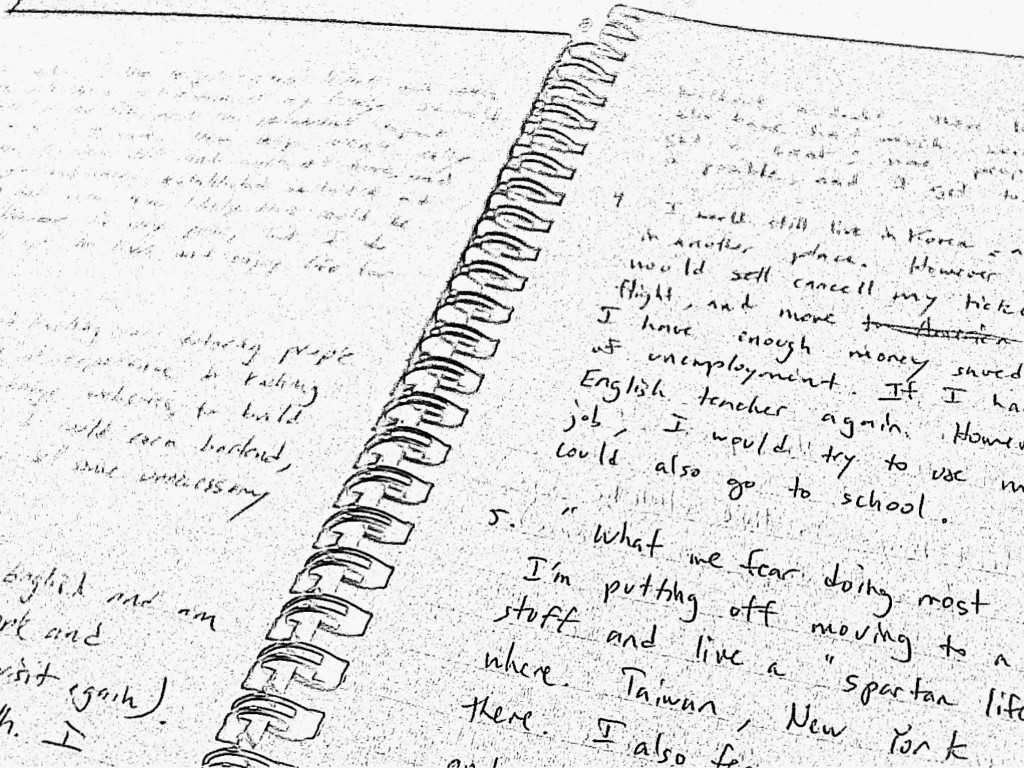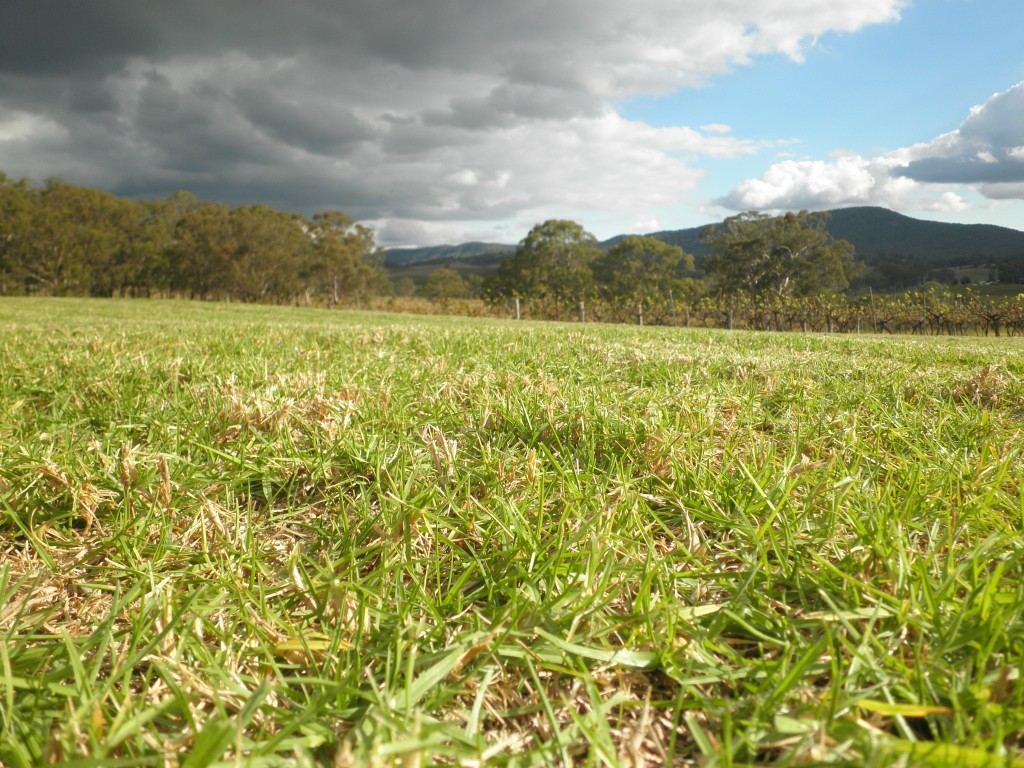
Last Monday night, I gave a speech at a local Toastmasters International meeting in hopes of improving my colleagues’ health. I wanted to make an impact, but I knew it wasn’t a Perform Better seminar loaded with fitness coaches – rather, they were hard-working professionals who balanced the daily demands of their work, children, family members, community involvement, and much much more.
Simply put, I wasn’t going to bore them with complex exercises, program designs, and movement patterns in my short speech; I only wanted to suggest five bite-sized adjustments they could easily digest and bring home that night.
Here were my five tips:
Step 1: Watch What You Eat
When I say, “watch what you eat,” I’m not warning you against fast food, carbohydrates, or sugary snacks; I’m recommending you literally watch your food and drink intake with this method:
Buy a small notebook and write down exactly what and how much you eat and drink.
That’s it.
Studies show that maintaining a food diary can almost double the weight-loss people achieve while dieting. Double! Because of ink and paper?! But there’s no secret: its power comes from awareness and retrospection – if you know what’s going in, you can control and change it. With a food diary, your intake is crystal clear. And if you keep a journal, it creates accountability because it encourages you to remain consistent with commitments.

It’s simple, cheap, and amazingly effective.
Step 2: Walk Barefoot More
Do you wear your shoes at home?
I never do. Firstly, my Mom would’ve killed me. Secondly, (all sarcasm aside) it’s a Japanese custom common in the Orient; if you’ve noticed, East Asians typically remove their shoes at home. Step 2 suggests that we be a little more Japanese.
Walking barefoot develops the smaller muscles of your feet, which gives you the stability you need in everyday life. Barefoot walking also increases the range of motion of your ankle; many people have extremely restricted ankles because of lack of exercise and, frankly, lousy footwear. Just by increasing ankle mobility, you can reduce knee and hip pain.
So when you’re at home, walk barefoot or in socks. If you’re looking for a pair of running shoes, try something that simulates barefoot running.
Step 3: Drink More Water
Now this, everyone knows. It’s straightforward, but many people still don’t drink enough. Why?
During exercise, people can suffer from “voluntary dehydration” and underestimate how much water they actually need to replenish their fluid levels. Usually, if we wait until we’re thirsty to drink, it’s too late.

Here’s a nice way to reverse that: every morning, upon waking up, drink a tall glass of water. It rehydrates you after you sleep, wakes you, and improves your metabolism and muscle function.
Step 4: Stand More
Chances are, you sit too much: you sit at work, while driving, while eating… hell, you’re probably sitting right now.

Too much sitting drastically reduces the calories a body burns. Certain studies suggest that people with sitting jobs have twice the rate of cardiovascular disease as people with standing jobs. Excessive sitting also shortens your hip flexors, resulting in back pain and glute dysfunction. Plus, hours of hunching over your computer causes a rounded upper back; another trait of poor posture.
So stand up! Walk around, get a glass of water, stretch, and get moving!
Step 5: Get Some Sun
Scientific American noted over 75% of Americans are Vitamin D deficient. Although there remains debate about the exact recommended level of Vitamin D (and therefore, the actual amount of Vitamin D deficiency), its importance should not be understated – it’s a problem that’s linked to cancer, heart disease, diabetes, and bone disorders. Yet, while it’s found in some foods, 80 to 90 percent of the Vitamin D produced in our bodies comes directly from sun exposure.

The really awesome thing is you only need about ten minutes per day of sunlight to get a great dose of vitamin D.
Not bad, huh?
Those were the five brief tips I shared with my fellow Toastmaster members, which they could use to almost instantly improve their health. No exercises, no diets, and no fancy or expensive products – just a few simple adjustments for everyday life.
Who knows? Those simple steps may very well motivate them to pursue even more health improvement in their lives.
Let me know how these tip works for you! Or feel free to spread them around! Leave a comment, hit me up on Twitter, or add me on Facebook.
[tweetbutton]
Leave a Reply